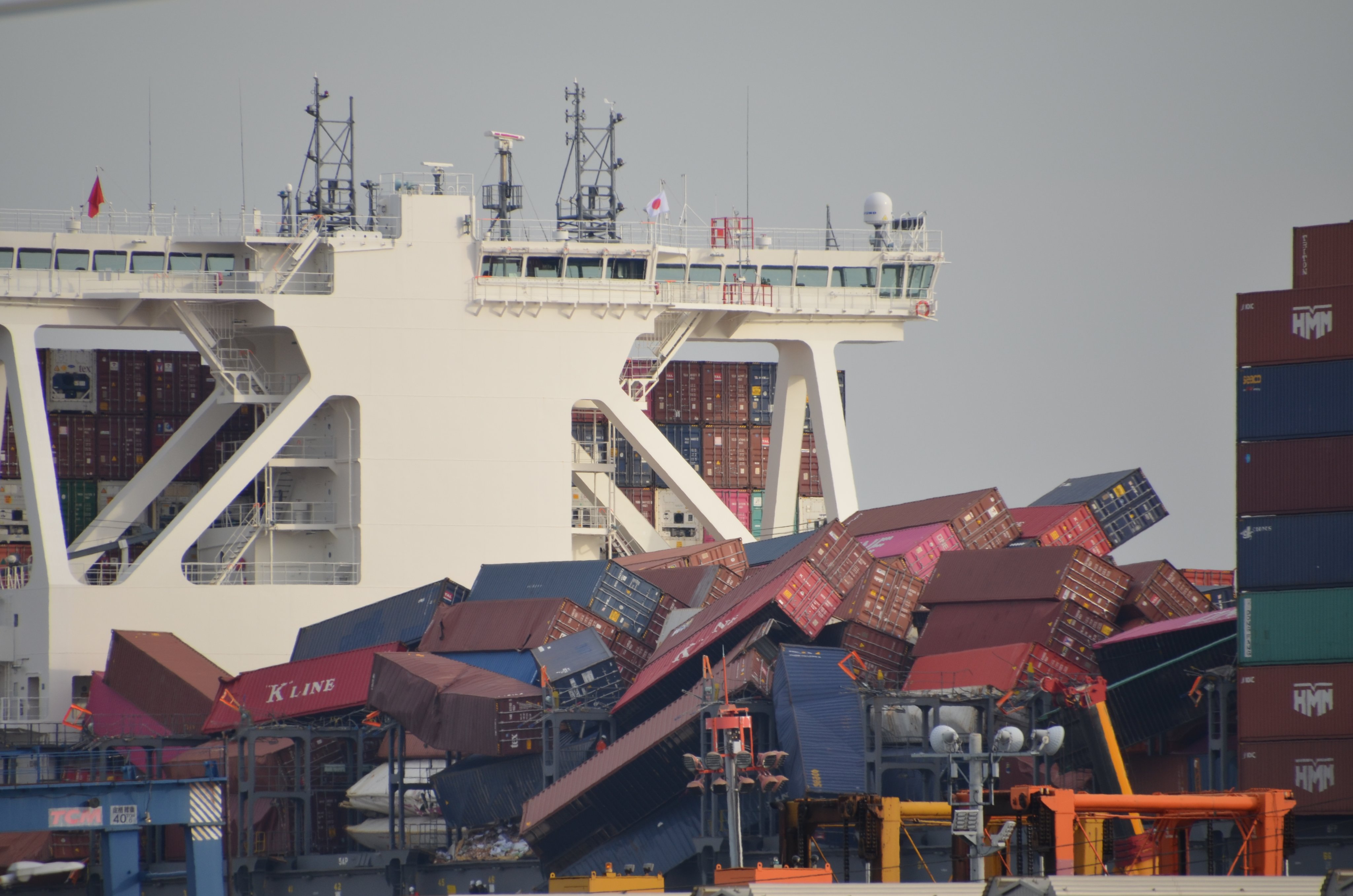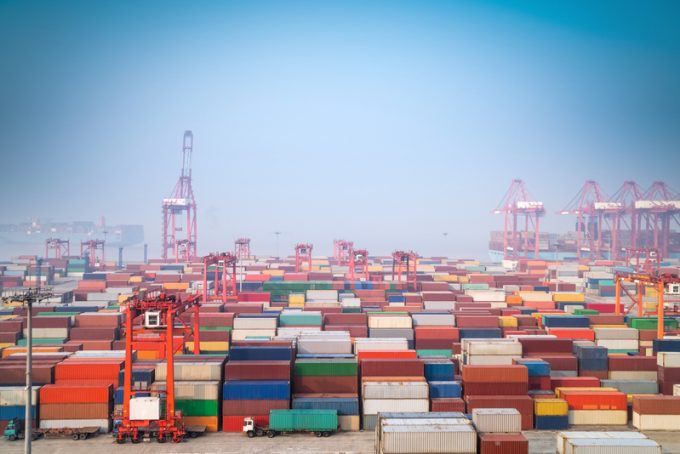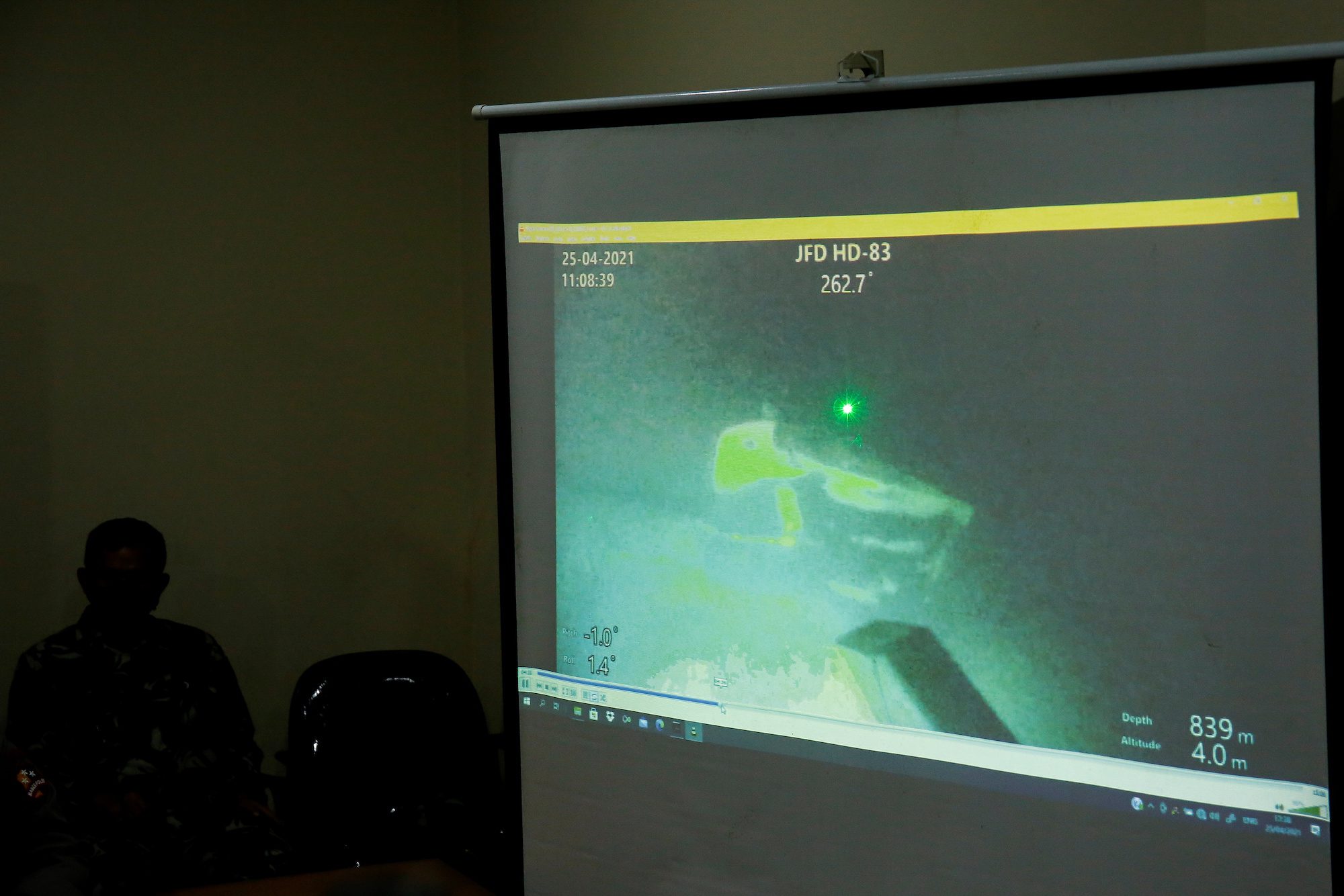This thread is for monitoring ongoing shenanigans at various ports around the world in the Great Reset era. There are cross-over threads, but this one is meant to just track the events taking place at ports and supply chains affected by unrest in any form.
After the Beruit bombing last year and the constraints placed on shipping ports from COVID, plus the aggression coming to light being inflicted on Iran by Israel — while ports throughout history have been the targets of attack and control, I have a feeling this tactic is going to be amplified around the world. Ports are going to be increasingly targeted by the “Empire” as a means to implement FSD and 4IR technology — not just through physical violence or sanctions but the logistical efforts that go into manufacturing congestion, container scarcity, cyber-warfare (the race to digitize supply chains is in full speed) and other means yet to be seen (or unseen).
Here’s something I found that describes the port situation as the Myanmar unrest was ramping up back on 3/11:
Supply chains unravel as Myanmar military escalates retaliation to protests - The Loadstar
Already curious, since I’ve read this article a few times as I was planning to share, but a key piece seems to have now been omitted which described (and paraphrasing) how the military owns some trucking lines and is able to transport supplies under darkness to avoid detection of the protesters and continue delivering goods.
It’s peculiar why this would be edited out, although — could it have highlighted another tactic that Myanmar ‘nationalists’ are using to circumvent a growing color revolution and by having fresh supplies (energy) this enabled them to get the point where they could seize the accounts and financials of Soros’ Open Society Foundation? There’s no room for sovereignty in the Great Reset...
Anyway, there’s a lot more to unravel and I’ll continue to post as I piece things together in this space. But a dedicated place to track new tactics for starvation sanctions, 21st century hybrid warfare and its affect on populations seems useful as the “show” unfolds in order for us all to navigate left and right effectively.
Feel free to post anything related.
Full article from above:
After the Beruit bombing last year and the constraints placed on shipping ports from COVID, plus the aggression coming to light being inflicted on Iran by Israel — while ports throughout history have been the targets of attack and control, I have a feeling this tactic is going to be amplified around the world. Ports are going to be increasingly targeted by the “Empire” as a means to implement FSD and 4IR technology — not just through physical violence or sanctions but the logistical efforts that go into manufacturing congestion, container scarcity, cyber-warfare (the race to digitize supply chains is in full speed) and other means yet to be seen (or unseen).
Here’s something I found that describes the port situation as the Myanmar unrest was ramping up back on 3/11:
Supply chains unravel as Myanmar military escalates retaliation to protests - The Loadstar
Already curious, since I’ve read this article a few times as I was planning to share, but a key piece seems to have now been omitted which described (and paraphrasing) how the military owns some trucking lines and is able to transport supplies under darkness to avoid detection of the protesters and continue delivering goods.
It’s peculiar why this would be edited out, although — could it have highlighted another tactic that Myanmar ‘nationalists’ are using to circumvent a growing color revolution and by having fresh supplies (energy) this enabled them to get the point where they could seize the accounts and financials of Soros’ Open Society Foundation? There’s no room for sovereignty in the Great Reset...
Anyway, there’s a lot more to unravel and I’ll continue to post as I piece things together in this space. But a dedicated place to track new tactics for starvation sanctions, 21st century hybrid warfare and its affect on populations seems useful as the “show” unfolds in order for us all to navigate left and right effectively.
Feel free to post anything related.
Full article from above:
As the post-coup crisis in Myanmar escalates, more shipping lines have suspended cargo bookings and closed local offices.
“The situation is critical,” Maersk Myanmar told customers, “the ongoing unrest is becoming a disaster,”
“Physical safety and mental health is compromised, not only for our people, but also for the people we are responsible for through our business.”
The Yangon-based office has suspended all activities until 14 March, noting staff would not be working from home.
CMA CGM has also suspended inbound shipments, but added: “Our export options remain open, as we facilitate your shipment processes by staff working remotely.”
Nationwide turmoil erupted after Myanmar’s military junta took control on 1 February, some six years after first ceding power for democratic elections.
A mass civil disobedience movement prang up within days, sparking delays at the main container terminals in Yangon, as drivers and customs staff joined the protests. Daily anti-regime demonstrations, protester and journalist arrests, internet blackouts, curfews, factory closures and disruption to banking systems have all combined to upend supply chains further.
This week the military’s crackdown escalated, with forwarders telling The Loadstar of “shooting in the streets”, and according to local reports, the military has killed at least 50 protesters.
Rickard Ingvarsson, CEO Asia at Scan Global Logistics, said: “We, like many other firms, are working from home or with skeleton staff to keep employees safe.”
David Ramalingam, Scan’s country manager in Myanmar, added: “Most shipping lines are rejecting bookings and have not been able to provide space or equipment, suspending activities until Sunday, subject to the situation.
“MIP, the main port in the city, is congested and full, with import and export cargo on hold, since feeder vessel calls to Port Thilawa (MITT) are facing issues with customs, and trucking cargo to the port, which is away from the main city limits.
“And transport inside city limits is challenging for trucks picking up cargo from factories and moving it to warehouses and ports, due to road blocks.”
Yangon airport is operating with minimum staff and only ad hoc flights, added Mr Ramalingam, noting trucking to Bangkok remains an option for air and sea connections, despite space constraints there, too.
“Furthermore, Myanmar’s factories are operating with limited staff, resulting in production delays,” he noted.
As pressure mounts on multinational firms operating in the country to condemn the coup, Swedish fashion retailer H&M announced yesterday it would pause new orders in Myanmar.
It said: “This is due to practical difficulties and an unpredictable situation limiting our ability to operate in the country, including challenges related to manufacturing and infrastructure, raw material imports and transport of finished goods.”
























